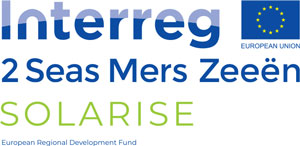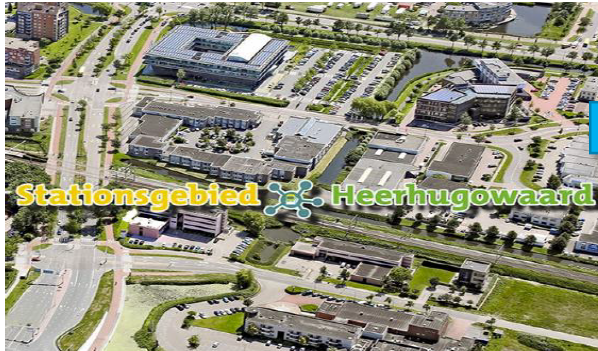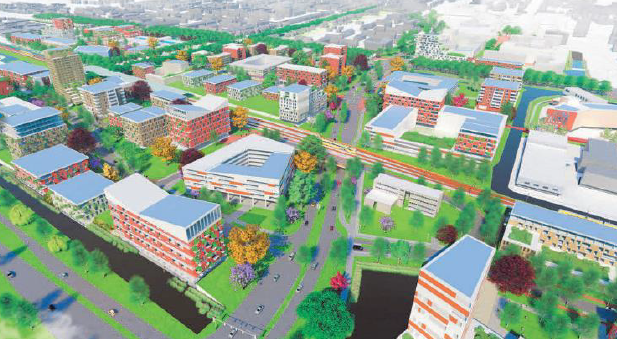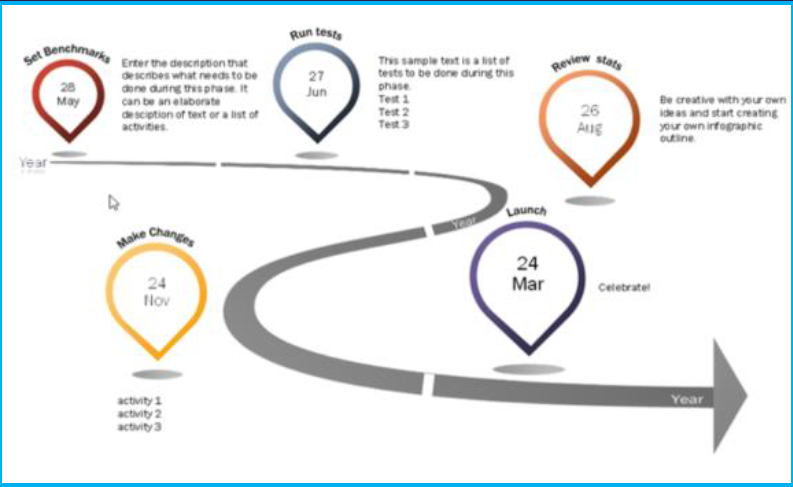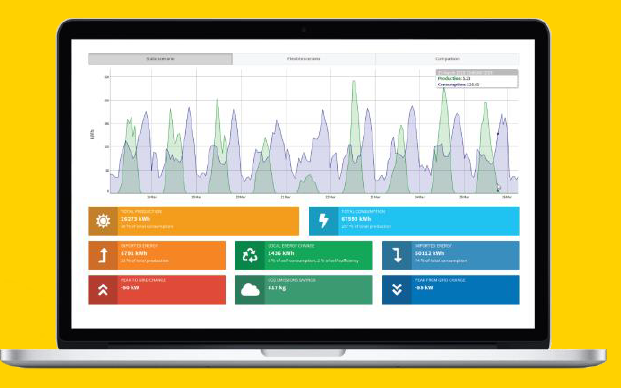An energy plan for a neighbourhood in transformation in Heerhugowaard (NL)
A neighborhood in transformation
The Station area Dijk and Waard in Heerhugowaard presents major challenges and opportunities for the energy transition. In the coming period, the area around the train station will be transformed to become a sustainable, modern neighborhood that generates as much of its own energy as possible, and where supply and demand are smartly coordinated.
The city is working hard to set up an energy plan for the newly developed railway station area, and to use the various possible (local) energy sources optimally to build a sustainable neighborhood. The energy plan is being formulated together with the energy stakeholders within the framework of the EU project SOLARISE, a project that stimulates and optimizes the use of renewable energy.
The different building developers involved and their architects are aware of the development of the local energy plan. The city incentivizes developers to develop sustainable buildings, but also requires them to integrate sustainable energy smartly and thus follow the energy plan.
A neighbourhood transition roadmap
The development in the area around the railway station plan involves all stakeholders. Urban activities such as living, working, learning and recreation all have their place. Scenarios are developed and proposed from this joint perspective, so that the city council’s decisions can enjoy full support.
What’s it gonna be?
The options at hand are examined at neighbourhood level and can relate to heating, cooling or energy consumption within buildings. Available heat sources and technical possibilities are mapped. Energy flows are inventoried. In order to balance supply and demand, flexible energy use and possibly storage are important.


Solar energy all around
There has been a strong increase in installed solar panels in the neighbourhood around the railway station. Future growth will also depend on the chosen scenario of energy sources for the different categories of activities. Optimizing the integration of solar energy will make it possible to control peaks of energy generation, so as not to overload the grid. However, the increase in local energy production and the role of facade panels on high-rise buildings will be significant in any of the calculated scenarios.
Electric mobility on the way
Heerhugowaard is incentivizing electric driving and shared electric cars, by making more room for charging facilities in the area. There will be a strong increase in power consumption at peak times and flexible usage will therefore be proposed as part of the energy plan. Choices need to be made, together with developers and in line with their respective plans, regarding the integration of electric mobility in the newly designed buildings.
The Resourcefully Transition dashboard
A dashboard has been set up to show production and consumption at one-hour intervals year-round, distinguishing between household use, offices, heat, and electric mobility. Future scenarios of CO2 emissions, network load, and energy peaks and costs are built using the tool.
Based on the results of the dashboard, all stakeholders in the district are advised to think carefully about the consequences, for the neighborhood (and the surrounding area), of the choices made around heating buildings, electric driving, cooking and showering. The importance of properly understanding transition choices is made clear by showing visual and quantitative estimates of the consequences of these choices.
The transition dashboard offers a tool for making choices to achieve an energy neutral district in the future and to optimize the various possibilities of energy generation and utilization.


